
WAIT! If you’re a subscriber reading this in email format, before reading any further, please click on the title of the post right above in order to view the blog in the glory it was meant to have on the actual blog website.
Sometimes you will never know the value of a moment
until it becomes a memory. ~Dr. Seuss
The weary winter sun is slowly setting behind the frozen horizon, casting a serene purple glow of promise in the golden streaked sky and turning the stark white blanket of snow a rose-colored hue. The birds have already retired to their secret roosting retreats, but a wise, plump squirrel dines in pensive solitude beneath the icy bird feeder that hangs from the solemn sugar maple.
As each new year begins, I imagine it like a roller coaster slowly and almost peacefully creeping up the hill—then methodically pausing at the very top before careening downward at thrilling speeds to destinations unknown. It is in that slow deliberate climb and the renewing pause at the top — somewhere within those few quiet moments after the birds have gone to roost and before the sun ducks below the horizon —that I find it gratifying and essential to reflect on the year past.

Sometimes we just need to slow down and take some time to direct our thoughts inward, to dreams and rumination. Out of quiet reflection comes clarity, boldness for the future and preparedness for the ups and downs of the roller coaster ahead. And so as 2/14— the day of love—approaches, let’s pause beneath the maple tree to recall and stock up on some of the most beloved memories of 2014 for the Trust’s bird conservation efforts.

Rushton Farm Emerges on the Cutting Edge of Groundbreaking Agroecology Research
In December, an exciting new finding emerged from a team of University of CA, Berkeley researchers showing that organic farming yields are much closer to industrial yields than previously touted. This new research eliminates the industrial farm bias with an impressive data-set three times larger than previously used. It basically shows that organic farming yield is only 19 percent less than conventional (or industrial) farming yields. This means it is indeed possible to grow food productively while taking care of the land and leaving room for feathered creatures as well!

Furthermore, findings show that the yield gap is greatly reduced or even eliminated when agroecological practices are used. These practices are all very familiar to our very own Rushton Farm, which is now becoming a model for feeding the world while keeping bird populations healthy! Such practices harness ecological interactions and include multi-cropping (growing a variety of crops), crop rotation for soil health and promoting native beneficial insects with native wildflower habitat.
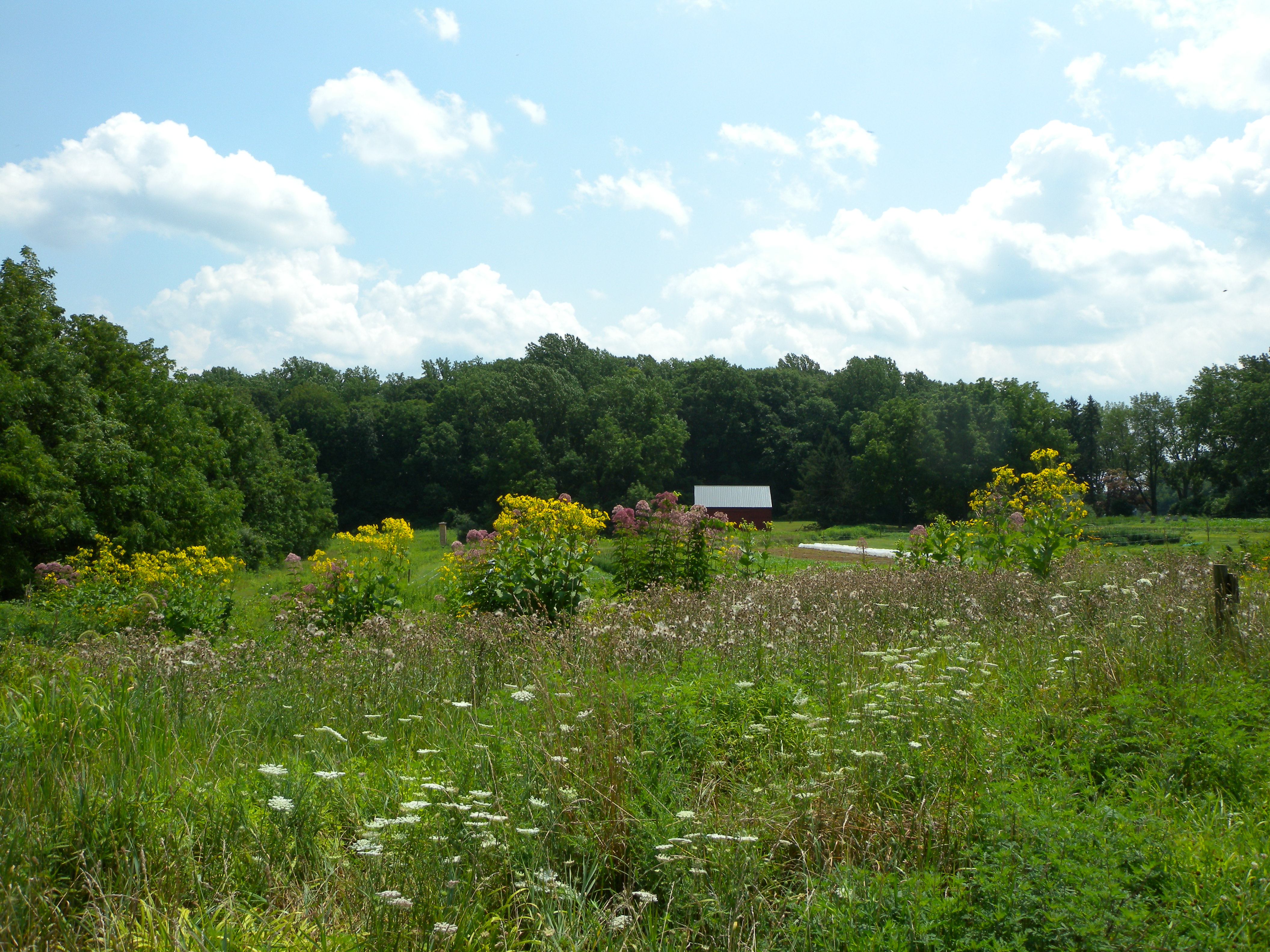



This is the kind of farming that provides resiliency to soils, the environment, our health and biodiversity. It is farming for the future rather than using synthetic chemicals and biologically harmful practices for immediate short-sighted profits. It is the only kind of farming that can hope to reverse the profoundly unsustainable impact we are having on this planet, which has lost half of its wildlife populations in 40 years— a result of habitat loss and degradation coupled with unsustainable human consumption (according to WWF’s Living Planet Report 2014).
Although the birds have spoken and we have lots of anecdotal evidence of our own, it’s exciting to have this published confirmation that we’re doing it right and setting a great example at Rushton Farm! Read more about the disappearing yield gap in the following enlightening articles.
Agroecology and the Disappearing Yield Gap
Can Organic Crops Compete With Industrial Agriculture?
Organic Nearly as Productive as Industrial Farming, New Study Says

Declining Chimney Swifts Successfully Fledge from Rushton’s Brand New Chimney Swift Tower!
One of the many projects that our Bird Conservation Team has developed is the Homeowner Bird Box Program. Through this wildly popular program, the Trust provides and installs a variety of bird boxes for homeowners, including bluebird, wren, wood duck, kestrel and screech owl boxes. Bird box experts from the Bird Conservation Team work with the homeowners to devise a plan for the best location of the bird boxes on each property. Last year, 60 bluebird boxes were installed in Willistown and beyond, successfully pumping out broods of Eastern Bluebirds, Tree Swallows, House Wrens and even some chickadees all summer long, thanks to strategic placement and homeowner cooperation in monitoring their boxes.


However, it was the charming Chimney Swift chicks that stole the show last breeding season. In response to growing research indicating that swift populations have been suffering a steep decline of 65% since the 1960s due to habitat loss, our Bird Conservation Team decided to include them in our Bird Box Program. This tiny little aerial sprite is often called a “flying cigar” because of its stubby proportions and smudge-gray color; its feet are so reduced and claws so long that instead of perching it can only cling to vertical walls of chimneys, hollow trees or caves.
After European settlement, the birds became quite adjusted to nesting in chimneys and their population increased accordingly. Unfortunately, more people cap their chimneys now and other ‘too narrow’ or ‘too slick’ modern chimneys just aren’t as good as the old brick ones for Chimney Swift nesting. Logging of old growth forests has also contributed to the decline. To help prevent Chimney Swift decline, you can either preserve your chimney or offer the birds a giant fake chimney structure, which is exactly what we did at Rushton last June.
The magnificent wooden tower, meticulously built by a dear neighbor, glowed every summer morning like a golden shrine in the verdant fields of Rushton until one day in July it became the bustling epicenter of a new family of swifts! You’d think that large structure would be occupied by a colony of swift nests, but unfortunately it’s just one breeding pair per tower. Nevertheless, the tower’s swift success is more proof that ‘if you build it, they will come,’ and humans can have a positive impact on bird conservation right in their own backyards if they wish.
Check out chimneyswift.org if you’re interested in having your own swift success story. (I apologize in advance, but all this swift success talk makes me unable to resist: ‘Cause the chimney cappers gonna cap, cap, cap, cap, cap and the loggers gonna log, log, log, log, log… but I’m just gonna build, build, build, build, build… I build a tower, I build a tower.’)



500 School Children Got Feather Prints Left on Their Hearts at the Banding Station
The main purpose of the Rushton banding station is to capture annual data on what bird species are using the preserve during migration and breeding and what effect the sustainable farm and other land management practices have on the bird populations. Our data is shared with the national bird banding database to contribute to conservation, and —perhaps just as importantly— our “field office” is shared with the public to promote local awareness and enthusiasm for the birds that travel through and dwell in our backyards.

Last year, hundreds of children visited Rushton Farm and the banding station from a variety of public and private schools including some spirited urban groups like the Melton Center’s afterschool New Directions program from West Chester and the Mighty Writers from Philadelphia. All of the groups gain an understanding of agroecology and farming with a conscience, enjoy an enlightening walk through the cool woodlands, discover the beauty and fragility of the birds up-close at the banding station and then reflect on the harmony of it all in the herb garden. The emotional impact the trip has on these children can be seen in the photos below. Some even say that the Rushton field trip is their favorite day of the school year.
The urban students to which nature is a little more unfamiliar were extra fascinated by it all and enjoyed the little wonders they discovered, even if they did endearingly experience them first from behind their cell (read:comfort) phones.
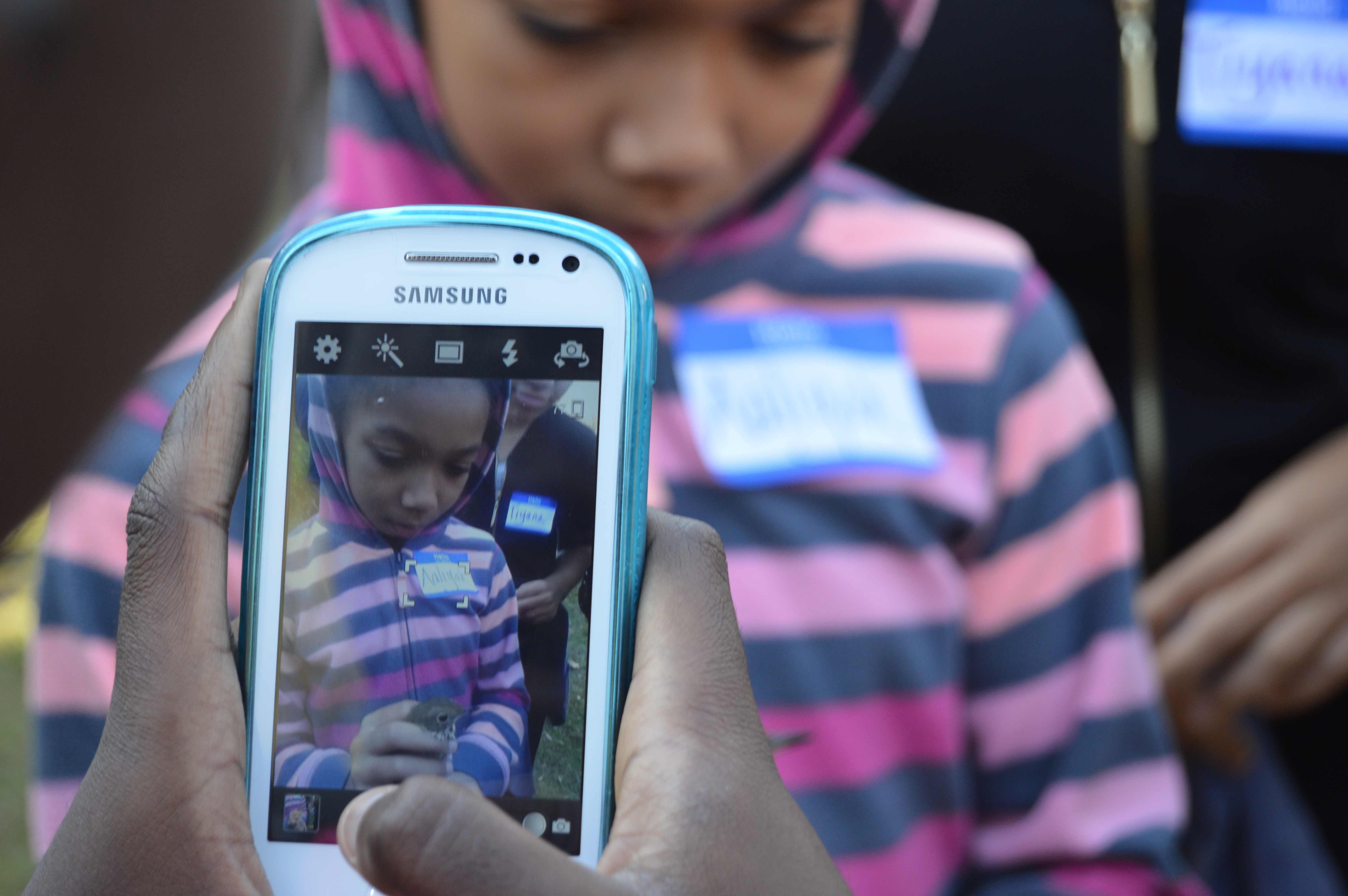












Service Students Went Wild while Helping to Create Winter Bird Habitat
Our service students are of great value to the Willistown Conservation Trust because every year they help our small staff accomplish more than it otherwise could: repairing tree cages at our preserves, weeding around the office and even planting native wildflowers. Not only do they get the job done, but they do it with a one-of-a-kind flair that makes it fun and memorable.
Last December, the Shipley students got really creative and built an original bird shelter from large branches and sticks they found around the office. The shelter is holding up well, strategically propped up against the maple tree from which the feeder hangs. The birds took to it immediately, and it has been a joy to watch them using it as a perch while they wait in line for the feeder, a shelter from the cold wind and a sanctuary from hawks that patrol the open fields. Consider building one of your own for your birds this winter!

After that hard work, the students ran wild, exploring in the native wildflower meadow. They took particular delight and fascination in the old milkweed seed pods. They opened them up and happily sprinkled them around the meadow so that it looked like it was snowing milkweed seeds! These are the moments of magic that a little free time in nature elicits for children, even in a dormant, winter landscape.



Junior Birders Connected to Nature on All New Levels
Our Jr. Birding Club meets monthly to go birding and learn about many other amazing aspects of nature including butterflies and moths, tracks and scat, native plants, bird migration, woodland ecology, farm ecology, stream health, and even bats. Through a productive combination of structured lessons , free exploration and creative expression—with birds as the backbone— our Jr. Birders gain a deep appreciation for the natural world and an understanding of the importance of conservation.

Below are photos from a few of the activities that were new last year including a native wildflower and watercolor workshop, wetland study at Ashbridge Preserve and free nature play—that neglected pastime that is so important to children’s cognitive and emotional health.




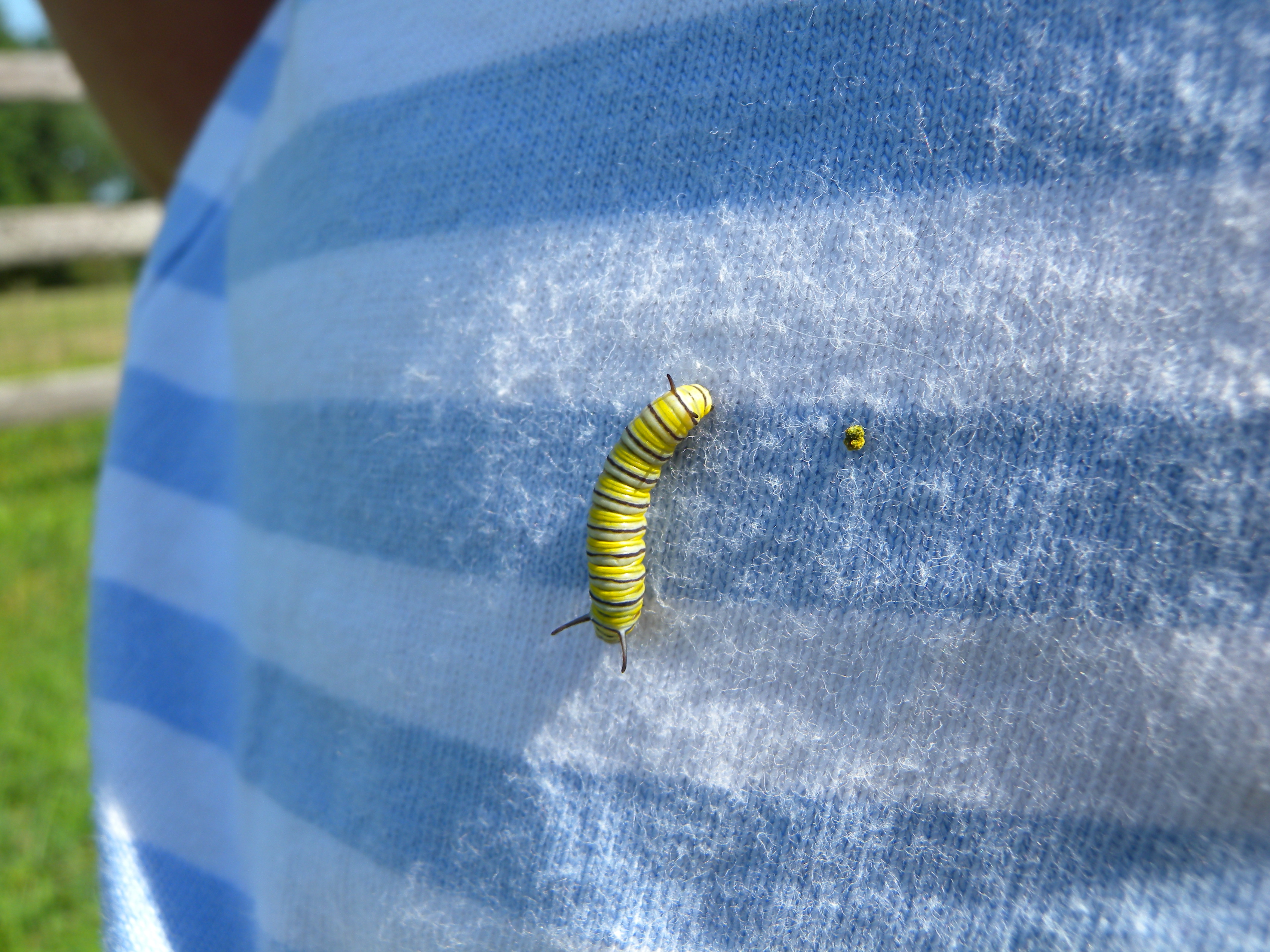






Rushton Banding Crew Tirelessly Tagged Nearly 2,000 Birds during 105 banding days
It was a great year for the banding team; the numbers of birds were up and so were the number of species! Check out the previous blog post, titled The Spirit of Autumn, to see lots more photos of our beautiful birds. Below are some photos of the highlights and favorites plus brand new species never before caught at Rushton.


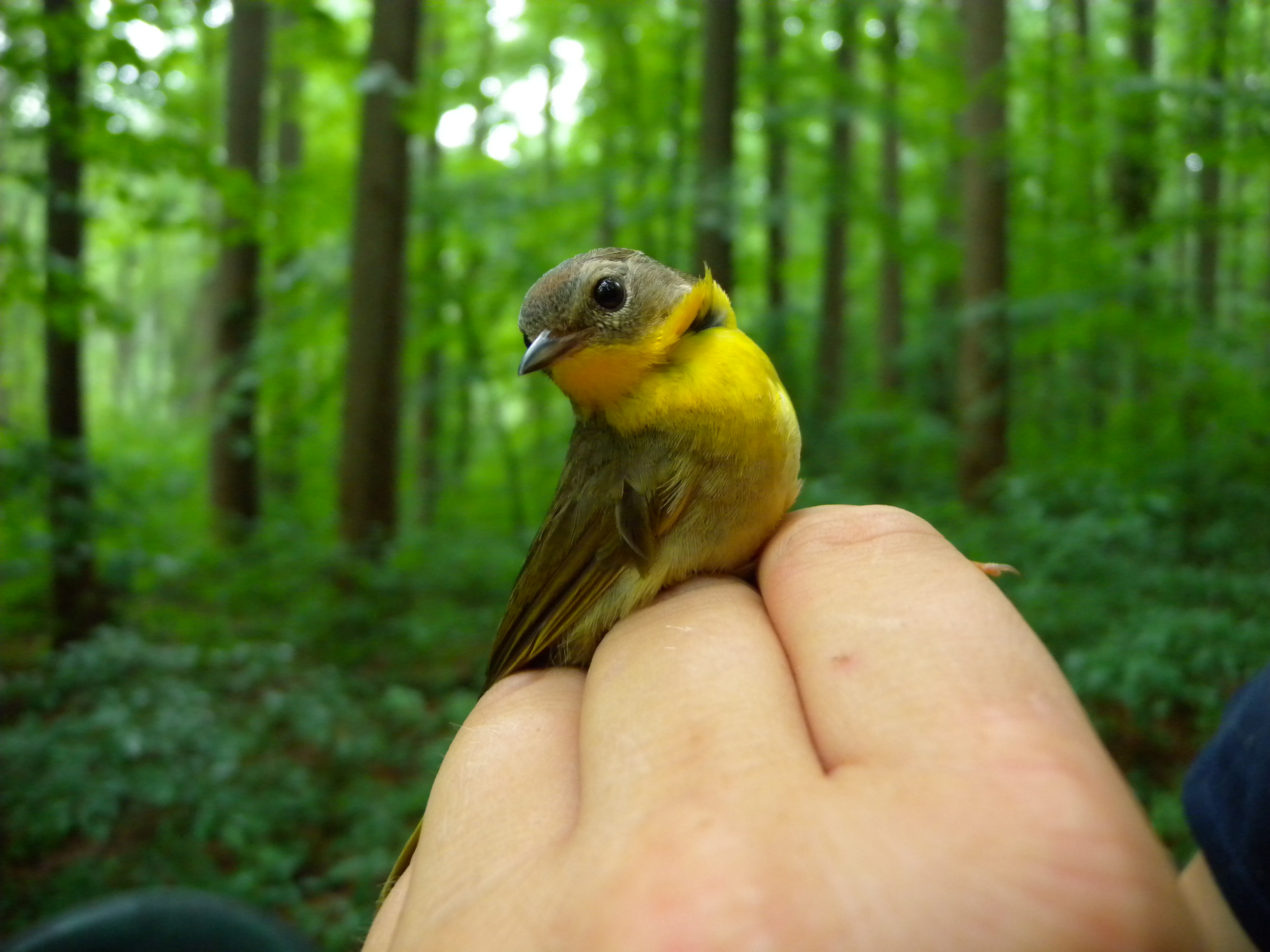



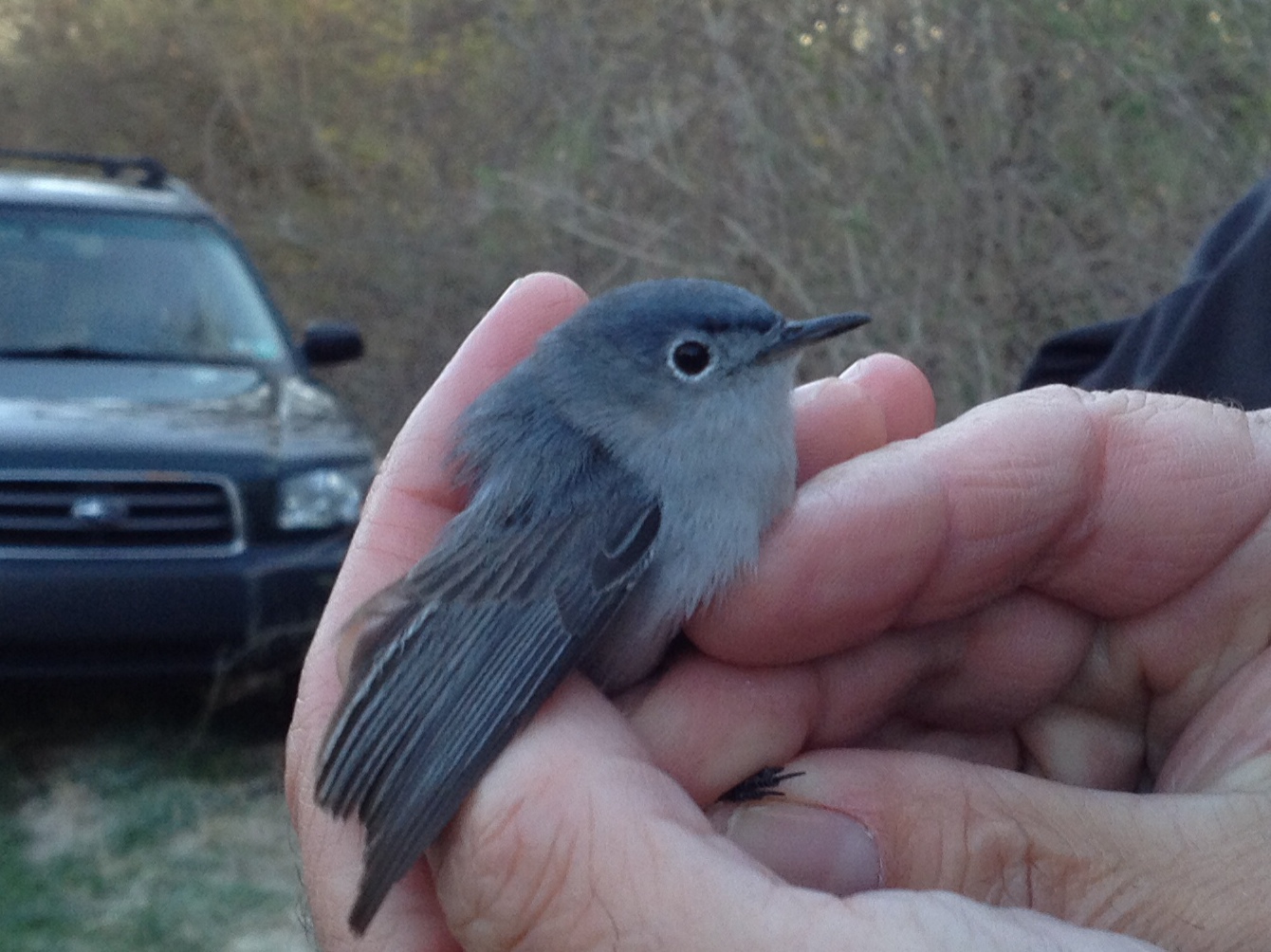



Rushton’s Saw-whet Owl Banding Station had Second-Best Year Yet
Last Fall marked Rushton’s 5th anniversary of monitoring Pennsylvania’s tiniest owls as they disperse south from their coniferous haunts as far north as Canada. In 34 nights, we captured and banded 96 new Northern Saw-whet Owls, plus caught 3 “foreign recoveries”—owls with bands given to them by other banders before they came to us. We got all of our foreign birds in November; they included two young females banded earlier that October in New York state 300-some miles away and an older (after second year) female originally banded in Wellington, Canada in 2013! We also had some exciting reports of owls we banded in years past trying out the nets at other banding stations: Valhalla, NY had one of our owls— originally banded here in October 2012— last November.

It was an unusual banding season in that the cold weather took its sweet time arriving, and the katydids were still casually singing in mid-November! Consequently, the owls were fashionably late to their own party. And then perhaps because the party got started so late, many of the owls did not travel as far south as in previous years. Most banding stations, especially those south of us—like Virginia, Maryland and Georgia— had below average years.
Not us! We had our second-best year yet! Our best was 2012 when we banded a whopping 268 saw-whets after a high-success breeding summer. In our opening year of 2010 we caught 90 birds, and 2011 and 2013 were the abysmal years of just 33 and 30 birds, respectively. We and the 130 other banding stations participating in Project Owlnet (which just turned 20) are still trying to learn more about the cyclical nature of this species, how the population is doing and what factors play a role in their winter dispersal movements.

One thing we know is that these little owls are closely dependent, as all birds are, on the reliability of their food sources. They are rapacious hunters of small rodents, especially mice. Each Saw-whet owl hunts two personal mice per night, saving half of the last one they catch —usually just before dawn— to take with them to their daytime roost site as a “bagged lunch”! If they can’t get their two mice per night quota… they simply move on to a place with better eats.
Interestingly, an exceptional 23 of our 96 owls caught last fall were caught on multiple nights. This indicates that the eating was good at Rushton, so the owls were able to stick around for awhile. Our banding records show that 8 of the 23 stayed more than 10 days! This is as good as getting a 5-star rating on OpenTable, folks! In addition, a mammal survey carried out by a UPenn graduate student also proved that the Rushton rodents were abundant.
As always, the human density was high during Fall nights at Rushton as well! Sixteen loyal volunteers and over 700 visitors of all ages were enchanted by our adorable—sometimes demonic as banders will tell you—Saw-whet Owls and learned about the science we and others are doing to fuel the future conservation of these spunky woodland elves.




According to Audubon’s climate model, this owl may be largely absent from the lower 48 during winter by the end of the century, as a result of its winter range steadily marching northward with climate change. For now though, we can be pretty certain we’ll see these owls again next fall—perhaps in a very big way according to the pattern. Whoooo knows? Maybe one is overwintering in a forgotten tangle of honeysuckle in your backyard.

Even on a cold winter’s night as the wild wind howls with disquietude, perusing these photos of warm memories makes me feel as satiated as the plump squirrel beneath the maple tree (you know, the one I mentioned way back at the beginning of this post), stuffing his cheeks full of nourishment in the rose-colored snow beneath the purple sky of promise.
Ignore that groundhog and hold onto your feathers! According to the birds, Spring is just around the corner.
Blake


